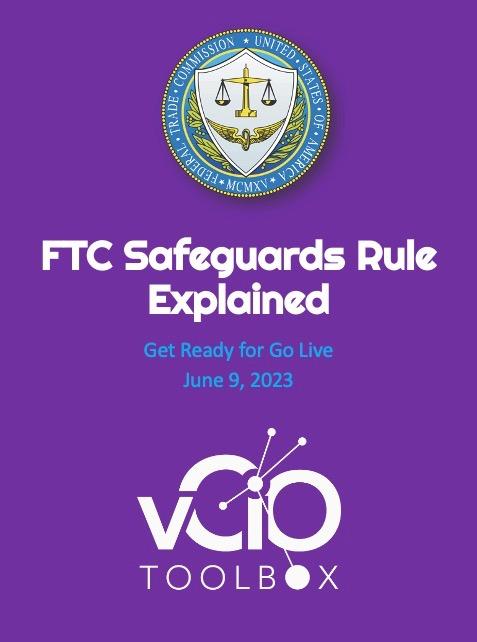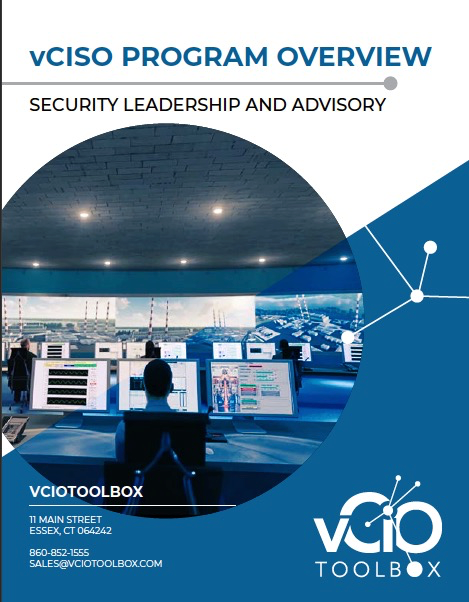How to Monetize your Virtual CIO Practice
For most MSPs and IT Service Providers, the Virtual CIO practice delivers Quarterly Business Reviews (QBR’s) to clients. This is just viewed as a component of their standard Managed Service contracts.
Not many MSPs look at the monetization opportunities that the program can generate. In fact, many Managed Service Providers (MSPs) view them as a cost of doing business and focus on the cost of preparation vs. the return on investment (ROI) of the program.
The problem with not defining your vCIO Program
Recently, I had a demo with a vCIOToolbox prospect. During the demo, I asked him why he was interested in our platform. His reply was one I had heard a few times before.
He explained that his company recently lost a contract to another MSP. That company offered a vCIO program, even more amazing what they were charging for that service. He was shocked when he heard this.
He told the prospect that we act as your vCIO, QBR, and technology roadmaps are part of the agreement without additional cost. The prospect then told him that may be the case, but it was never positioned that way during the sales process.
His prospect then stated that the other vendor led with the Virtual CIO service as the key component of the overall contract. Projects and associated services are driven by the strategy developed in those sessions. He said it felt like a true partnership rather than a service.
First, let’s define how we can generate revenue with a vCIO Program
Generally when I talk to customers about QBRs and revenue, I get asked,”Can I change for a QBR?”. To that I say, you might be right.
Surprised?
Don’t be.  There are a couple of ways to generate revenue through vCIO/QBR programs. But you do need to know when to position each.
- Fee based program: Here you are charging the client for the program. It will be a line item in your contract or can be a standalone Statement of Work (SOW) and will be well defined.  It would include a higher rate of meeting frequency and ad-hoc calls and services.
- Revenue Influence: Do not discount the amount of revenue that can be influenced during a quarterly business review. While the monetization is indirect, QBR’s will uncover new opportunity and reduce acquisition costs.  This is done through the development of a multi-year technology roadmap, gaining customer buy-in, and shortening or eliminating sales cycles.
Each approach adds to your bottom line and should cover the cost of delivering the service across your client portfolio.  Additionally, the regular contact with the client will help you build trust and loyalty, ultimately driving a higher lifetime value (LTV) for each client.
So, when do I use each approach?
The first is obvious, charge directly for that service.  I do caution, you better have a good handle on your prospect or customer’s business goals and challenges before putting a proposal in front of them.
Determining which is the right fit will be determined on a client by client basis.  In discussions with the client during the sales or migration process to MSP service you should get a sense of what is driving the company.
Are they in growth mode or reducing staff?
Is their business dependent on technology to drive the business?
Are they collaborative as a company openly sharing with you?
What is the overall value of their existing services to you?
These are a few questions that you need to identify before determining which path to take.
Fee-Based
Let’s start first with when it may be a good idea to lead with a formal program as part of the service contract for an additional fee.
You have got a customer who depends heavily on technology to operate.  Think about your customers that cannot afford any downtime of their critical systems.
An outage is an immediate impact to their business. They have expressed a desire to better automate processes within their business. They are open to collaborating with your team and see value in joint development of a 2 to 3-year technology roadmap.
They are likely a good candidate to introduce a Fee based program.
A fee-based program will require the definition of formal teams, roles, and expectations. These programs will have a formal schedule and are generally quarterly meetings, but some clients may need a monthly meeting schedule to meet their internal goals.
Revenue Influence
This may be the more standard approach for those in the small to mid-sized business market.  QBR’s will be structured as Technology Business Reviews that may happen on a semi-annual or annual basis.
Considerations that will drive who falls in this category will be based on your assessment of the prospect or client. If the business is static (think accountants, lawyers, physician offices, etc.) where their may not be a huge opportunity for revenue growth and innovation is limited.  These may be the correct candidates for a less frequent schedule and including the service as part of your contract.
But there is still a huge opportunity to influence revenue in these meetings.
You will still want to generate a technology roadmap so a customer knows in advance when a project is upcoming and how much it will cost…and most importantly what problems the new service will help solve for the company.
A well structured QBR will help customers understand the business to technology alignment of your solutions.  The reduced sales costs and implementation of the technology roadmap should drive revenue back to your company that more than covers to the cost of the QBR process.
It will also create loyal clients that will drive referral business.
The moral of the story
Monetization is a key within your QBR’s whether they are done for a direct fee or as part of your contract.  If done well payback can exceed 10X of the cost of delivery.
It will also create stronger relationships with your customer resulting in a higher lifetime value for each, and less risk of losing the relationship unexpectedly.
Just be sure to define it in your MSP agreement?


